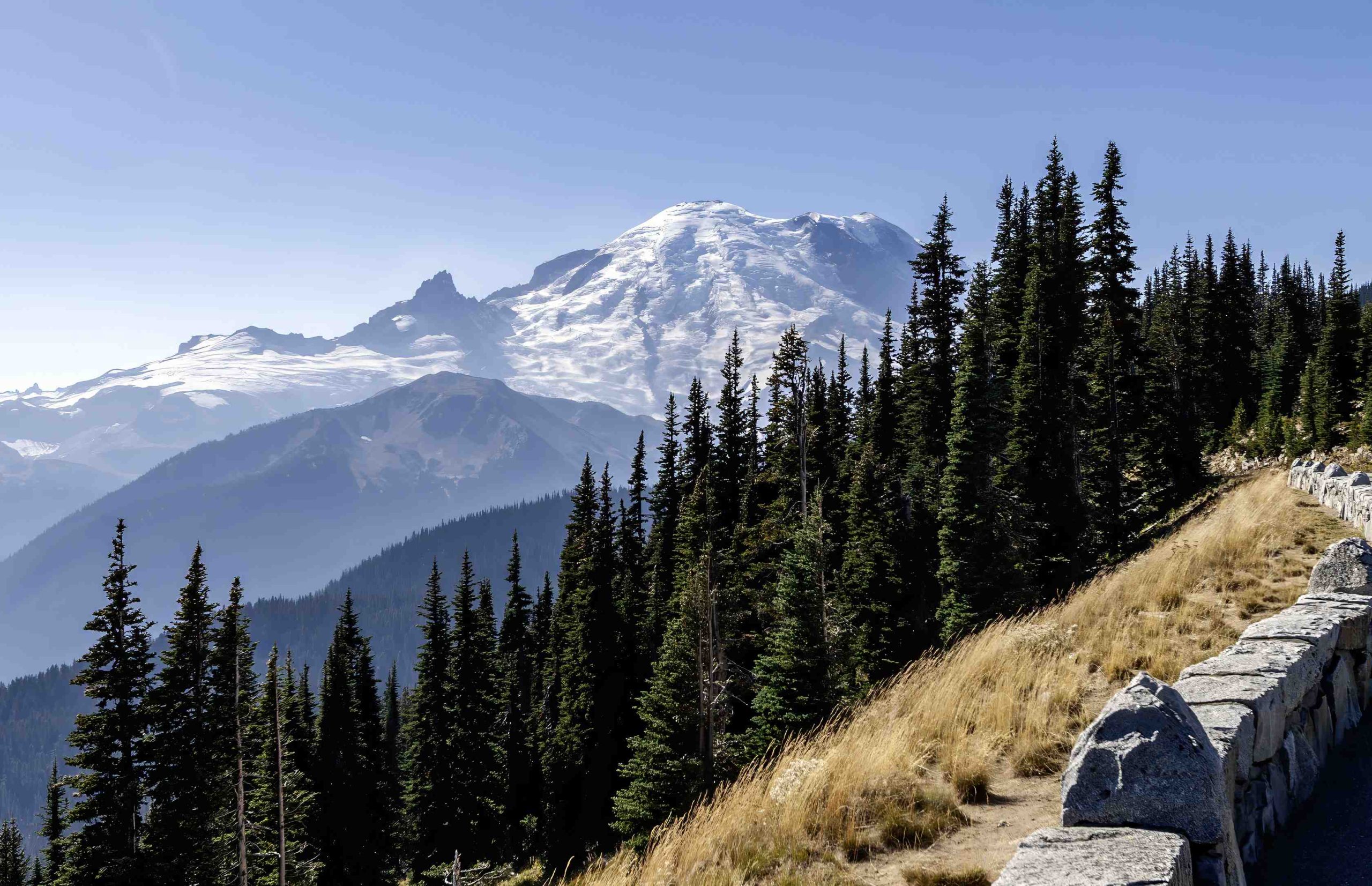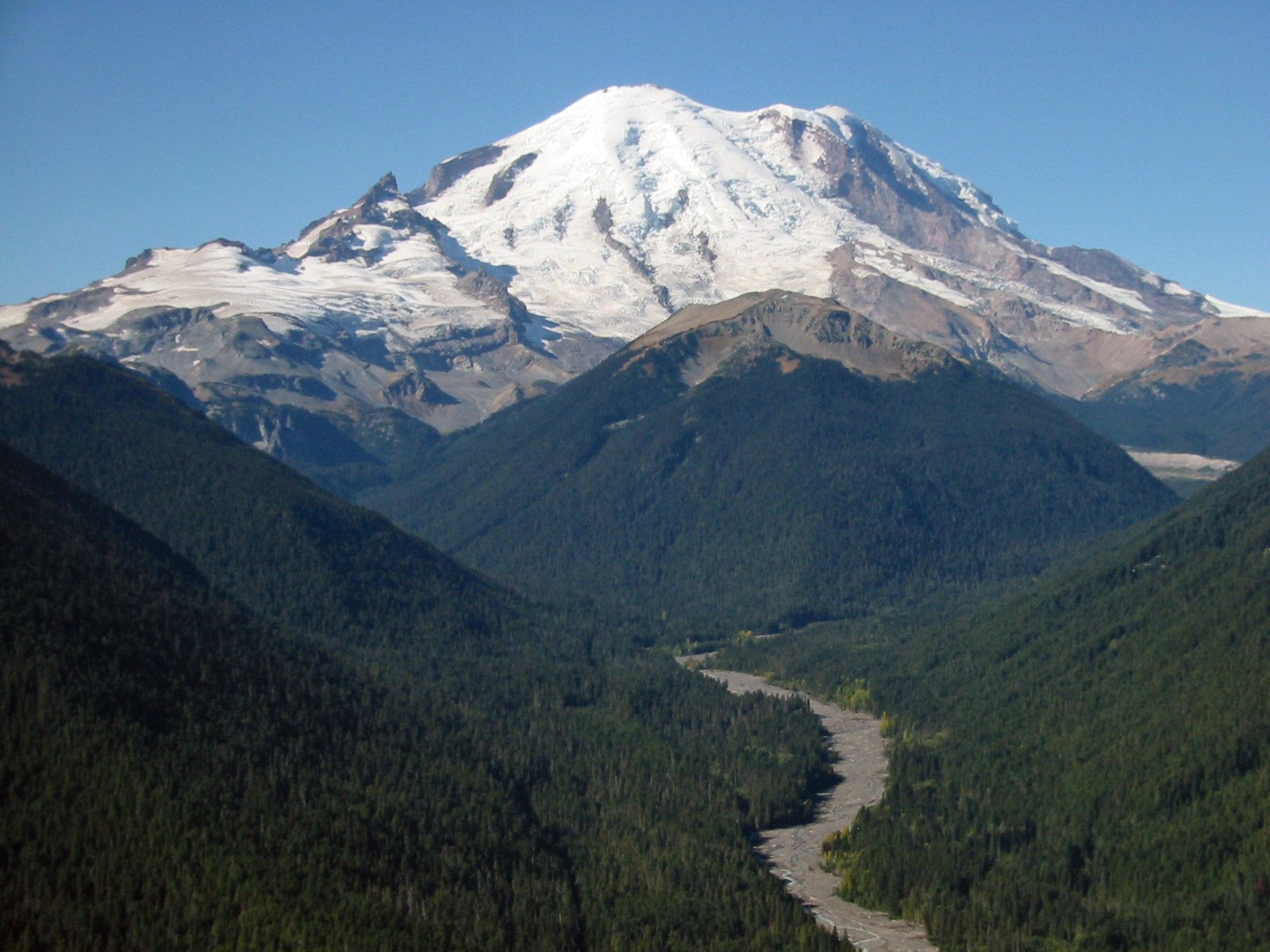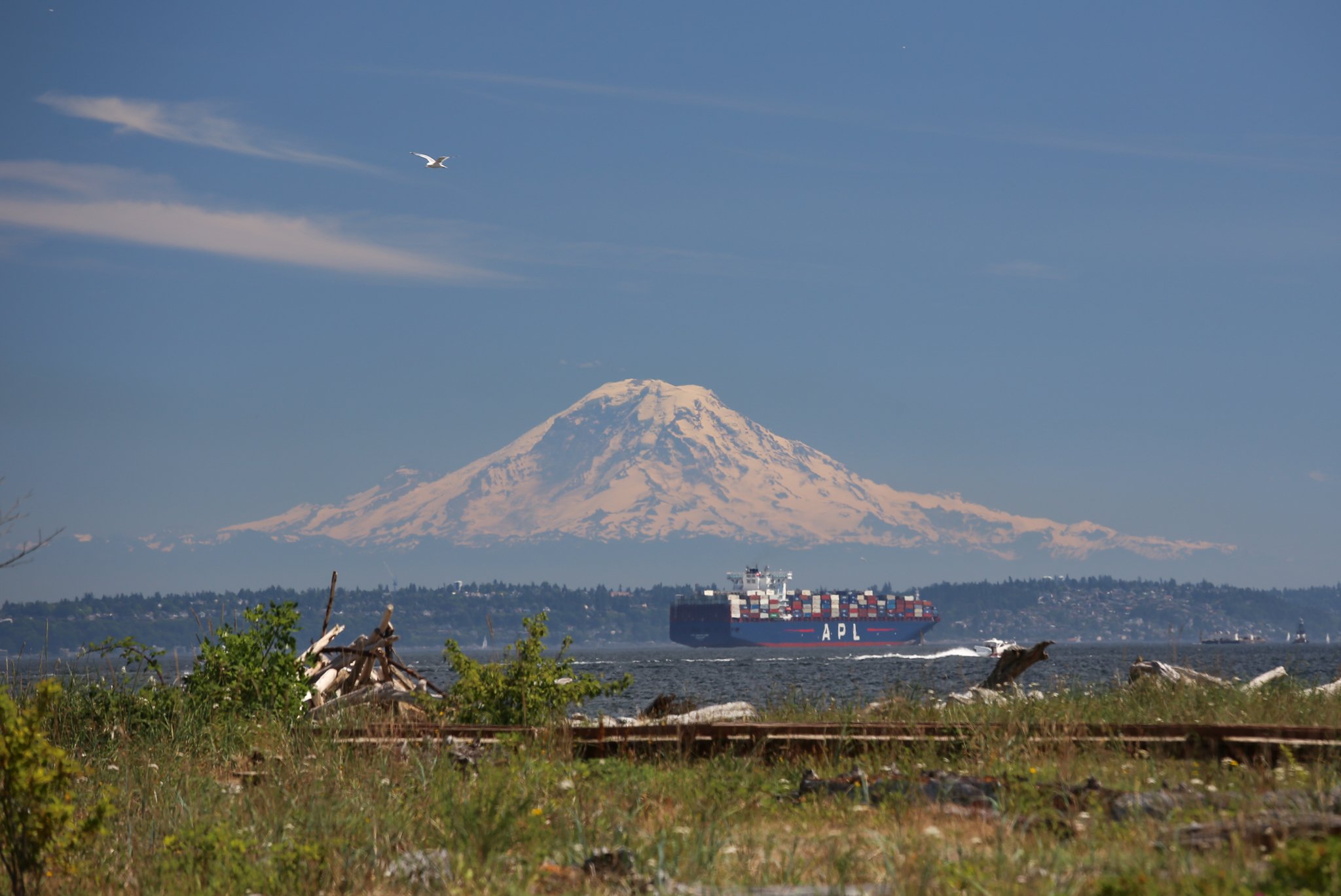The Mount Rainier Ski Patrol is a dedicated team of trained professionals and volunteers who ensure the safety of visitors to Mount Rainier National Park during winter months. These skilled individuals provide emergency medical care, conduct search and rescue operations, and educate visitors about winter safety. The patrol is an integral part of the National Ski Patrol system and works closely with the National Park Service to maintain a safe environment for all winter enthusiasts.
What Are the Key Responsibilities of Mount Rainier Ski Patrol?

The Mount Rainier Ski Patrol has a wide range of responsibilities that are crucial for maintaining safety in the park:
- Emergency Medical Care
- Search and Rescue Operations
- Avalanche Control and Forecasting
- Visitor Education
- Trail Maintenance and Marking
Let’s delve deeper into each of these responsibilities:
Emergency Medical Care
Ski patrollers are trained in Outdoor Emergency Care (OEC), which is equivalent to EMT-Basic level care. They are equipped to handle various medical emergencies that may occur in the challenging mountain environment, including:
- Fractures and sprains
- Hypothermia and frostbite
- Altitude sickness
- Cardiac emergencies
Search and Rescue Operations
When visitors become lost or injured in remote areas, the ski patrol plays a crucial role in locating and rescuing them. They work in coordination with other park services and often use specialized equipment such as:
- Snowmobiles
- Rescue toboggans
- GPS devices
- Avalanche beacons
Avalanche Control and Forecasting
Avalanche safety is a top priority for the Mount Rainier Ski Patrol. They:
- Monitor snow conditions daily
- Conduct avalanche forecasting
- Perform controlled avalanche triggers when necessary
- Educate visitors about avalanche risks and safety measures
Visitor Education
The patrol serves as an important source of information for park visitors. They provide:
- Safety briefings
- Information about current conditions
- Guidance on proper equipment and preparation
- Tips for minimizing environmental impact
Trail Maintenance and Marking
To ensure safe navigation for visitors, the ski patrol:
- Sets and maintains winter activity marked routes
- Places warning signs in hazardous areas
- Reports trail conditions to park management
What Training Is Required to Join Mount Rainier Ski Patrol?

Becoming a member of the Mount Rainier Ski Patrol requires extensive training and certification. The key requirements include:
- Outdoor Emergency Care (OEC) Certification
- CPR and AED Certification
- Skiing or Snowboarding Proficiency
- Avalanche Safety Training
- National Park Service Volunteer Agreement
Let’s break down these requirements:
Outdoor Emergency Care (OEC) Certification
This is a comprehensive first aid course specifically designed for outdoor environments. It covers:
- Patient assessment
- Trauma management
- Medical emergencies
- Environmental emergencies
CPR and AED Certification
Patrollers must maintain current certification in:
- Cardiopulmonary Resuscitation (CPR)
- Use of Automated External Defibrillators (AEDs)
Skiing or Snowboarding Proficiency
Patrollers must demonstrate advanced skiing or snowboarding skills, including:
- Ability to ski/ride in all types of terrain and snow conditions
- Proficiency in transporting injured guests on a rescue toboggan
Avalanche Safety Training
This includes:
- Understanding snow science
- Avalanche forecasting techniques
- Rescue procedures
- Use of avalanche safety equipment
National Park Service Volunteer Agreement
As the Mount Rainier Ski Patrol operates within a national park, members must:
- Sign a volunteer agreement with the National Park Service
- Adhere to park regulations and policies
How Does Mount Rainier Ski Patrol Contribute to Visitor Safety?
The Mount Rainier Ski Patrol plays a vital role in ensuring visitor safety through various means:
- Preventative Measures
- Emergency Response
- Education and Awareness
- Collaboration with Park Services
Preventative Measures
The patrol takes proactive steps to prevent accidents and emergencies:
- Regular trail inspections
- Marking hazardous areas
- Monitoring weather and snow conditions
- Implementing avalanche control measures
Emergency Response
When emergencies occur, the ski patrol is ready to respond:
- Rapid deployment to accident scenes
- Provision of on-site medical care
- Coordination of evacuations when necessary
- Assistance in complex rescue operations
Education and Awareness
The patrol helps visitors stay safe by:
- Conducting safety talks and demonstrations
- Distributing informational materials
- Offering advice on proper equipment and preparation
- Providing updates on current conditions and hazards
Collaboration with Park Services
The ski patrol works closely with other park services to enhance overall safety:
- Coordinating with park rangers on search and rescue operations
- Sharing information with park management about trail conditions
- Assisting in the development of safety policies and procedures
What Equipment Does Mount Rainier Ski Patrol Use?
The Mount Rainier Ski Patrol relies on a variety of specialized equipment to perform their duties effectively:
- Medical Equipment
- Rescue Equipment
- Communication Devices
- Snow Safety Gear
- Personal Protective Equipment
Here’s a detailed look at each category:
Medical Equipment
| Item | Purpose |
|---|---|
| First Aid Kit | Treat minor injuries and stabilize major ones |
| Oxygen Tank | Provide supplemental oxygen in high-altitude emergencies |
| AED | Respond to cardiac emergencies |
| Splints and Braces | Immobilize fractures and sprains |
Rescue Equipment
- Rescue toboggans for transporting injured visitors
- Ropes and harnesses for technical rescues
- Snowmobiles for rapid response in remote areas
- GPS devices for navigation and locating lost individuals
Communication Devices
- Two-way radios for team communication
- Satellite phones for areas with no cellular coverage
- Emergency beacons for signaling in extreme situations
Snow Safety Gear
- Avalanche beacons for locating buried victims
- Probes and shovels for avalanche rescue
- Snow study kits for analyzing snow conditions
Personal Protective Equipment
- Helmets
- Goggles
- Insulated, waterproof clothing
- High-visibility vests or jackets
How Has Mount Rainier Ski Patrol Evolved Over Time?
The Mount Rainier Ski Patrol has a rich history that reflects the evolution of winter recreation and safety practices:
Early Days
- Established in the mid-20th century as winter recreation became popular
- Initially focused on basic first aid and visitor assistance
Technological Advancements
- Adoption of modern medical equipment and techniques
- Integration of GPS and digital communication technologies
Expanded Training
- Development of specialized courses like Outdoor Emergency Care
- Increased focus on avalanche safety and rescue techniques
Environmental Stewardship
- Growing emphasis on minimizing environmental impact
- Education of visitors about Leave No Trace principles
Collaboration and Integration
- Closer cooperation with National Park Service and other agencies
- Participation in regional and national ski patrol networks
The Mount Rainier Ski Patrol continues to adapt and improve, ensuring the safety and enjoyment of all who visit this majestic national park during the winter months.

